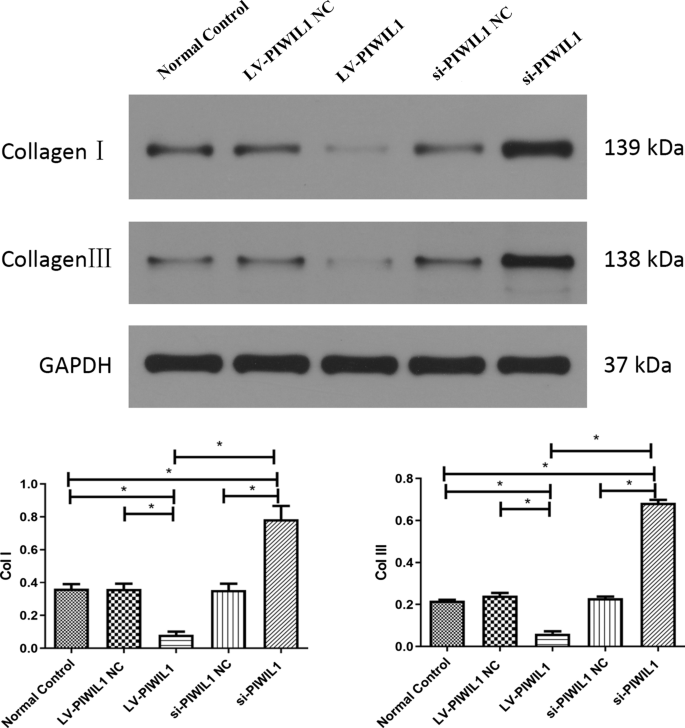

For example in the VSS pliability is scored on a scale of zero to five, with the identifiers being: normal, supple, yielding, firm, banding and contracture. 9,10 The main reason why these types of scales are so dependent on the observer is the subjective nature of the description for the scar. 5,7,8 These are all qualitative measures and have been shown to be highly observer dependent. 6 They may also document physical limitations such as pain, limited mobility and itching whilst some scales will also include psychological impacts. 5 Currently, scar scales such as the Vancouver Scar Scale (VSS), generally assess properties of the scar such as colour, pliability and thickness. 3,4 An optimal assessment would perfectly model the important characteristics of the scar as well as accurately document the scar's evolution in response to treatment. To date, there is no consensus with regards to the optimal tool for scar assessment. 1,2 Not only would an objective method of scar evaluation be useful for the well-being of the patient, but for legal reasons providing an objective qualifier for reimbursement and proof of disability. It is essential to compare different treatment modalities clinically and monitor patient progression. Introduction Accurate assessment of scars is important in the clinical evaluation and follow-up of patient treatment. This study establishes this methodology as a preliminary means of monitoring in vitro and in tissue treatment modalities which are expected to alter collagen morphology. Results demonstrate that the proposed computational method provides a fast and robust way of analyzing collagen orientation in a manner surpassing existing methods.
Imagej western blot quantification skin#
The technique is also compared for analysing collagen architecture in rat sections of normal, scarred skin and tendon tissue. The method is shown to be reliable and effective in identifying significant coherency differences in the collagen deposited by human keloid scar cells. The methodology is demonstrated using collagen produced by cells in a model scar environment and examines collagen remodeling post-TGFβ stimulation in vitro. In this article, a novel quantitative approach for analyzing collagen orientation is reported. The absence of objective and quantifiable assessments of collagen orientation is a major bottleneck in monitoring progression of scar therapeutics. In the case of skin, a scar disables the dermis, leaving it weaker, stiff and with a loss of optimal functionality. In the uninjured dermis, collagen bundle architecture appears randomly organized (or in a basket weave formation), whereas in pathological conditions such as keloid scar tissue, collagen bundles are often found in whorls or in a hypotrophic scar collagen is more densely packed in a parallel configuration. An important histological difference between normal, uninjured dermis and scar tissue such as that found in keloid scars is the pattern (morphological architecture) in which the collagen is deposited and arranged.


 0 kommentar(er)
0 kommentar(er)
